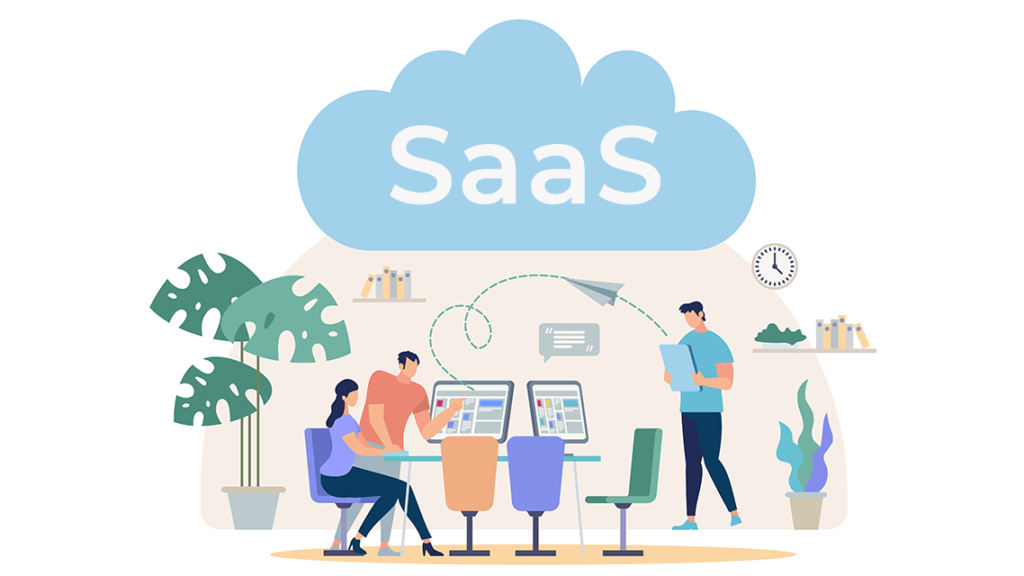When you are looking for a SaaS application, there are many things to consider. These include the Multi-tenancy Model, Automated Provisioning, Single Sign-On and Subscription-Based Billing. You should also look for Application security and compliance with government regulations.
Multi-tenancy Model
When you are designing a multi-tenancy SaaS application, you should take into account the expected resource usage of each of the tenants. This includes CPU and storage usage. It is also important to consider what level of control you want to give to each tenant. Additionally, you should consider how much support and content sharing will occur between each tenant. Ultimately, you want to achieve a balance between cost and operational efficiency.
The Multi-tenancy Model in SaaS application design involves partitioning the user database into several Customer Organizations. For example, a SaaS application might be sold to the Purple Company and the Green Company. The users of each Organization will live in the partitioned buckets, and the SaaS application will allow them to access the different parts of the application for each of the two organizations. To use this type of SaaS application, you need to provide each user with their own Organization name, password, and email.
Automated Provisioning
If you want to improve user provisioning for SaaS applications, you must implement a user provisioning solution that offers continuous monitoring. This will help you identify how apps are being used by your team and what needs to be improved. It will also enable you to collect feedback from users about app usage trends and training requirements. This is especially useful if certain features of the application are not being used by all team members. In such a scenario, you can downgrade subscriptions or revert back to earlier versions of the software.
In addition to improving user management, the automated provisioning process also improves security. For example, using SAML to manage user permissions is a great way to ensure that all users are authorized and can access applications. However, manual provisioning is time consuming and error-prone, so using SAML just-in-time (JIT) provisioning makes provisioning easy and efficient. Additionally, enterprises should also take advantage of automatic deprovisioning when a user changes role.
Single Sign On
SaaS applications often have a number of features, including Single Sign On (SSO). Single sign on is a convenient way for employees to sign in, and can also help companies track app usage and save money. However, there are some issues that make implementing SSO difficult in SaaS applications.
One of the biggest issues is securing credentials. The key is to use a single authentication server, not several, and to avoid storing credentials on a separate server. This can make it easier for malicious actors to compromise credentials. Therefore, single sign-on requires strong security measures, including OTP tokens or smart cards for initial authentication.
Depending on your application, password-based SSO may not be suitable for your SaaS application. If it isn’t hosted on your own servers, you can use the Azure AD as the identity provider. Azure AD will provide your application with a username and password, which is stored and managed by your application administrator. However, you must ensure that your users don’t know or share the password with anyone.
Subscription Based Billing
Subscription Based Billing (SBB) is a popular billing model for SaaS applications. It offers several advantages for both the customer and the application. One benefit of this pricing model is that it allows users to pay for the service per user, rather than paying for a single account. This also reduces the complications that come with onboarding multiple members of a team. However, it has its disadvantages. First of all, people are likely to try to cheat the system by using a single login for multiple users, which is an obvious way to lower the cost of the service.
Another advantage of subscription-based pricing is that it allows organizations to recoup their SaaS expenses. Businesses are encouraged to begin small and gradually increase their usage over time. Furthermore, subscription-based billing allows vendors to share in the growth of their customers.
High Availability
Availability is a measure of a system’s ability to remain up and running for extended periods of time. High availability is the highest level of availability, and guarantees a high degree of operational continuity. However, uptime is not the same thing as availability, as a system may be up during a certain period, but may still be down or inaccessible due to network outages or related support systems. Therefore, high availability is a key metric for service providers to measure their applications’ uptime. To quantify availability, vendors usually use a standard method called U. This number is used in marketing material to show that a system is available.
High availability can be achieved through two approaches: automatic failover or manual failback. Depending on the level of business criticality of a SaaS application, high availability can also be achieved manually. High availability systems must be designed to minimize the chances of a single point of failure. In addition, they must consider the recovery time objective (RTO) and the maximum data loss during an outage. Online transaction processing applications tend to have the lowest RTOs, while essential applications typically have RTOs of only a few minutes.
